Before it ever reached the stage, the characters and ideas of Little Shop were front and center in popular science-fiction and horror storytelling. In 1956, sci-fi author Arthur C. Clarke took inspiration from the horror stories of H.G. Wells to write “The Reluctant Orchid,” about a man who tries to use a deadly plant to murder his aunt without a trace. Then in 1960, Screenwriter Charles B. Griffith took inspiration from “The Reluctant Orchid” story to write The Little Shop of Horrors– a cult classic horror movie about a humble florist who uses a man-eating plant to get rid of his enemies and raise his status.
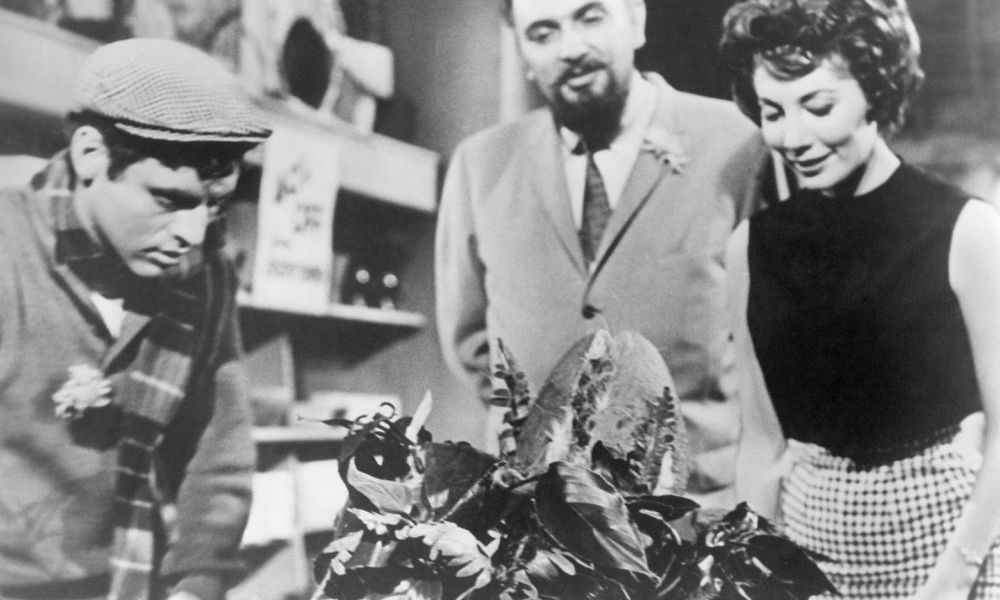
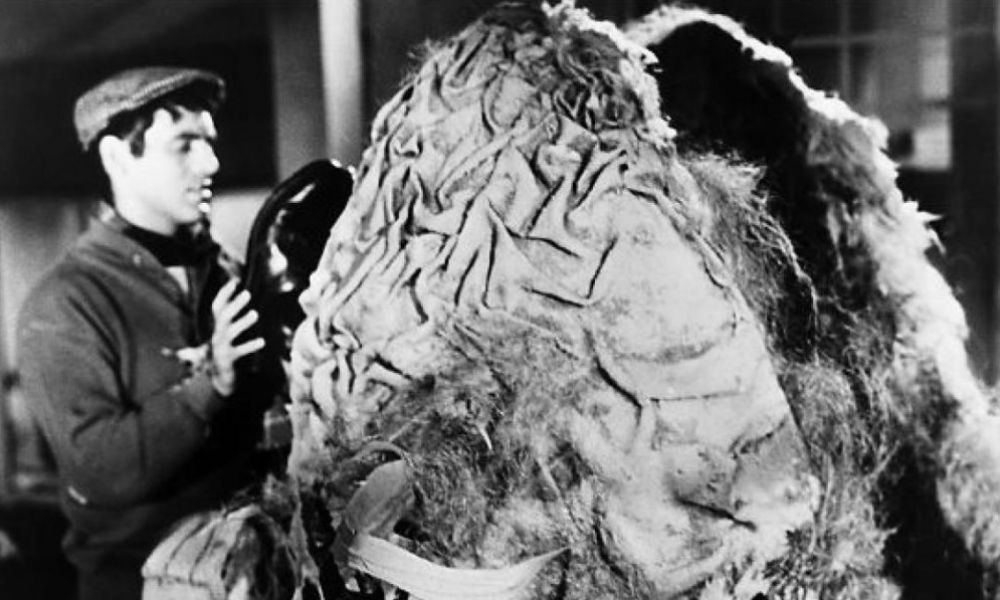
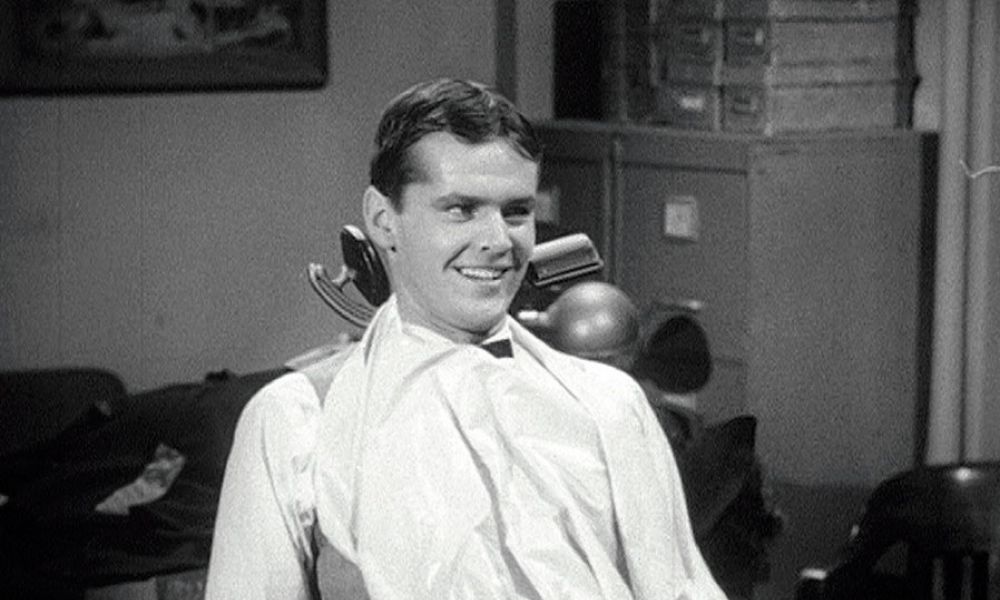
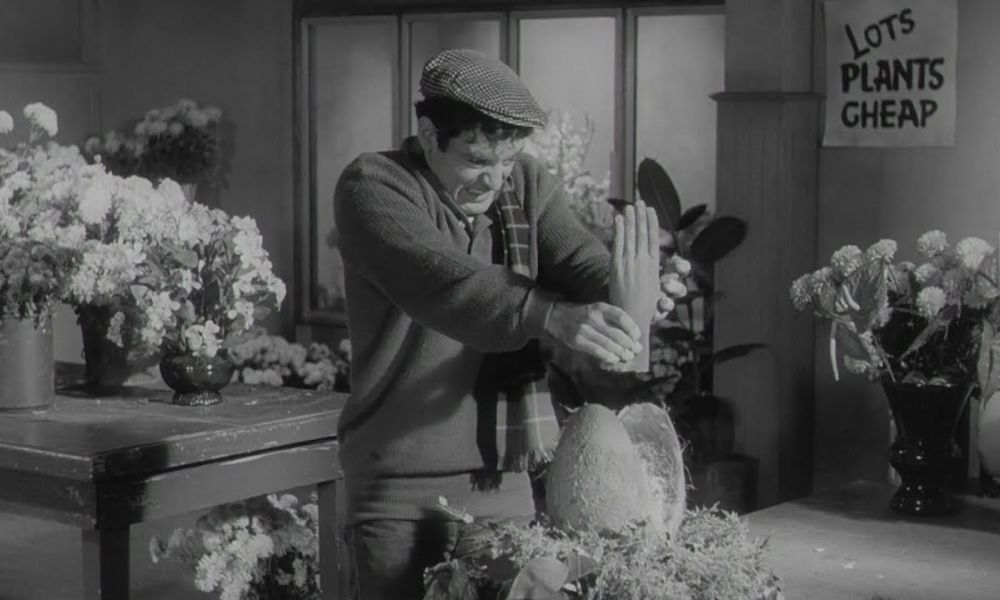
Roger Corman’s 1960 The Little Shop of Horrors
The movie had no singing or dancing, but a young writer named Howard Ashman became enamored with the film’s characters and irreverent tone. Years later, Ashman worked with the composer Alan Menken to bring the fun of the campy classic to the musical stage. The pair wanted to capture the retro feeling of their cinematic inspiration, and opted for a musical style inspired by doo-wop and early rock and roll. By marrying raucous musical fun to a grimly fascinating thematic tradition of greed and misused power, Ashman and Menken produced the enduring musical we know today.

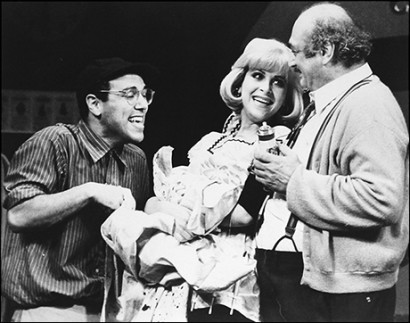
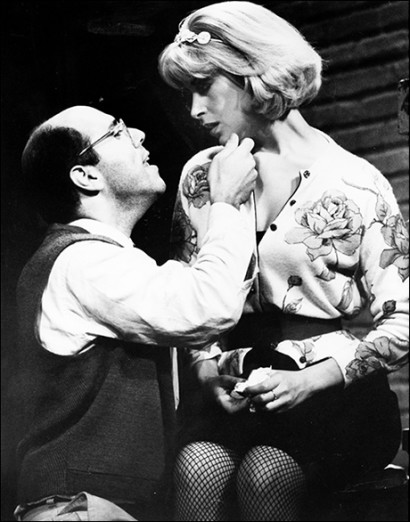
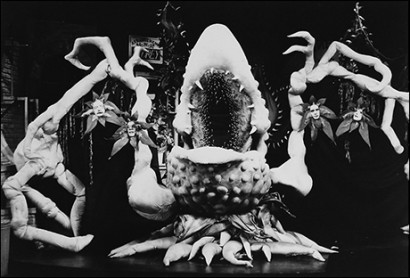
The original Off-Broadway production of Little Shop of Horrors
After the show premiered in May of 1982, people took notice quickly. After just 24 performances in the humble, 98-seat WPA Theatre, the show moved to the much bigger Orpheum Theatre, where eager audiences enjoyed a run of over 2,000 performances. The show toured all over the nation and beyond, bringing man-eating plant-based mayhem to London’s West End and Sydney’s Theatre Royal within three years of its New York premiere. Since then, the phenomenon that is Little Shop has seen a film adaptation and a Broadway run, and has arguably become the most popular horror comedy rock musical of all time- though in a category that unique, it doesn’t have much competition.
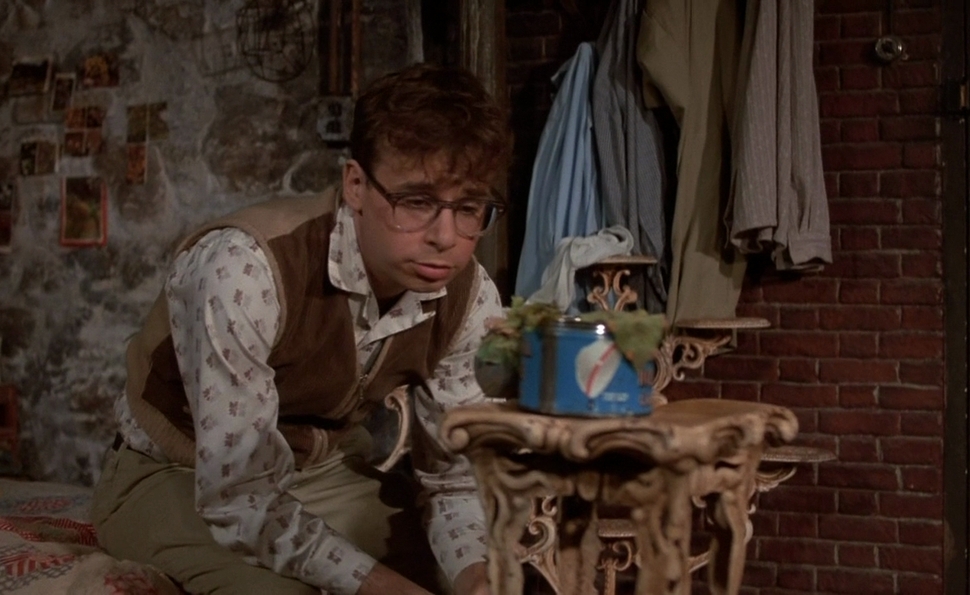

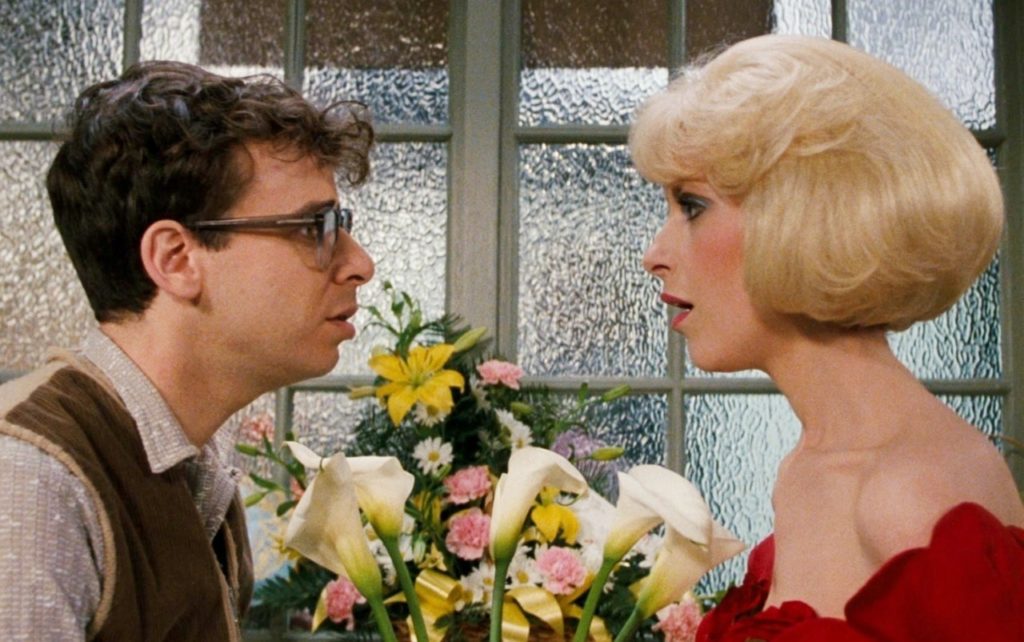

The 1986 Feature Film of Little Shop of Horrors
